One of the perks of being in academia is the opportunity to travel abroad and participate in international conferences. Lucky for me, my academic professor had approved my research findings, and generously gave me the chance to present at one with all expenses covered!

From May 8 to May 13, I participated in the 2022 Materials Research Society (MRS) Spring Meeting, a huge annual academic conference. Usually, the spring conference is held in Phoenix, Arizona. This year was special. After two years of holding virtual conferences, with the COVID-19 situation under control, MRS decided to hold it in Hawaii, a refreshing place where participants can also enjoy the beautiful scenery and cultures.
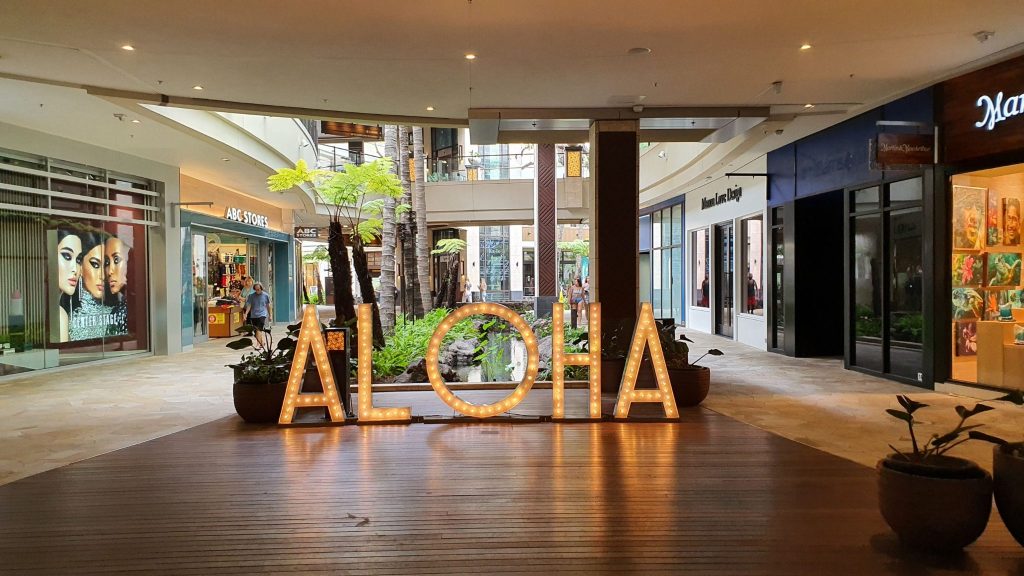
I have been to a lot of countries in Asia, but this was my first time going to a Western country! It was a 14-hour plane trip from Narita International Airport. After arriving, I took a shuttle bus to the city center, Waikiki, and checked into my hotel. Everything was so different from Japan. I am so used to everything being in Japanese, and everyone speaking in Japanese, and just life in Japan in general, that I experienced a huge culture shock.
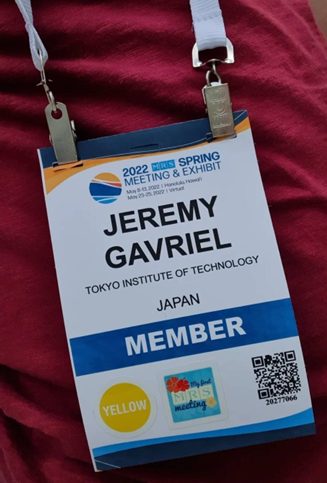
Things got way better on the second day, where I started meeting and talking with different people at the conference. I attended a training session for becoming a better research mentor; I learned how to interact properly with my mentees, mainly my juniors in the lab. I made friends with people from different countries, and from a wide variety of academic levels; from undergraduates to post-doctorates.
For the next couple of days, I attended lots of sessions and saw amazing, interesting research. I think there were over a thousand presentations given, maybe more, in just the field of materials research! Everyone’s doing something new and unique, and making some sort of contribution to society. It made me feel small, but yet motivated to make something groundbreaking. Some research topics that truly sparked my attention were edible printed electronics (https://onlinelibrary.wiley.com/doi/10.1002/adma.201706091), plant-inspired robots (https://link.springer.com/chapter/10.1007/978-3-319-46460-2_8), and 4D printing (https://www.tandfonline.com/doi/abs/10.1080/17452759.2016.1244085).

By the way, big academic conferences such as MRS meetings are divided into symposium sessions, or just sessions. For example, my session was about Materials and Methods for Fabricating Flexible and Large-Area Electronics. Each session is then divided into several sub-sessions, usually determined by the symposium organizers. My research was categorized into Processing for Flexible/Large-Area Electronics. There are several presentations in one sub-session; my presentation was grouped with eight others in one room. Poster sessions on the other hand, are different. Unlike oral presentations, all posters are gathered in one giant hall. People walk around and talk to the presenter if they find the research interesting.
Talking to people is one of the main things to do in a conference. It is maybe one of the most important things to do! I remember standing up after presentations, introducing myself, and asking questions. Sometimes, I waited until after the session was over and to run up to the presenter to ask some more. I also invited them to my presentation if their research topic was similar or related to mine.
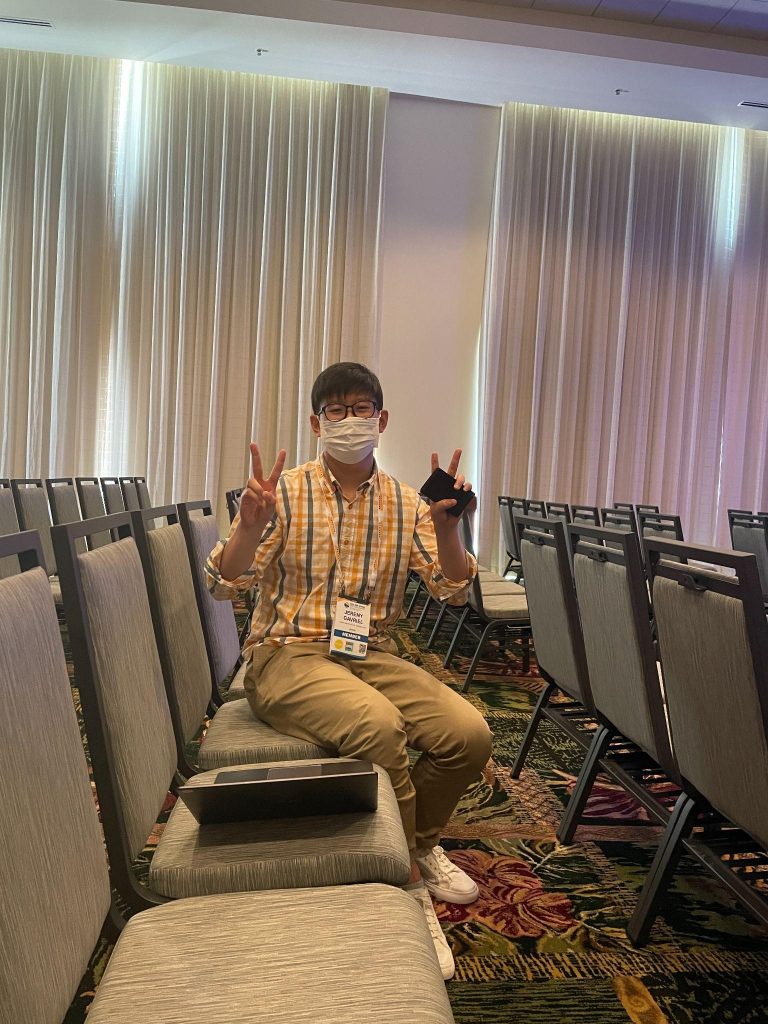
On the day of my presentation, I was surprisingly not nervous at all! Some people that I invited actually came to see my presentation, which made me very happy! The heartbeats quickened just seconds before I was called up to the stage by the session chair (the person who is in-charge of the sub-session). I finished my presentation in 8 minutes, and spent the rest of the time answering questions.
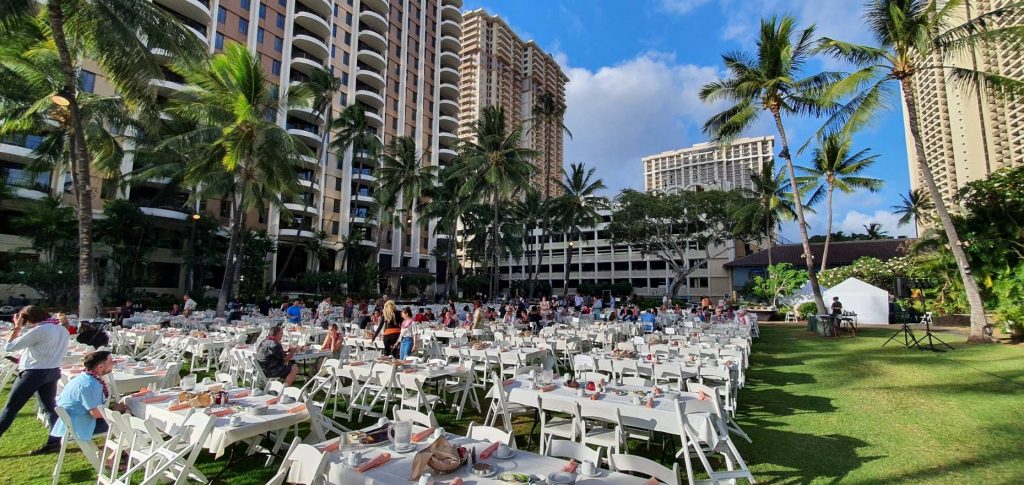
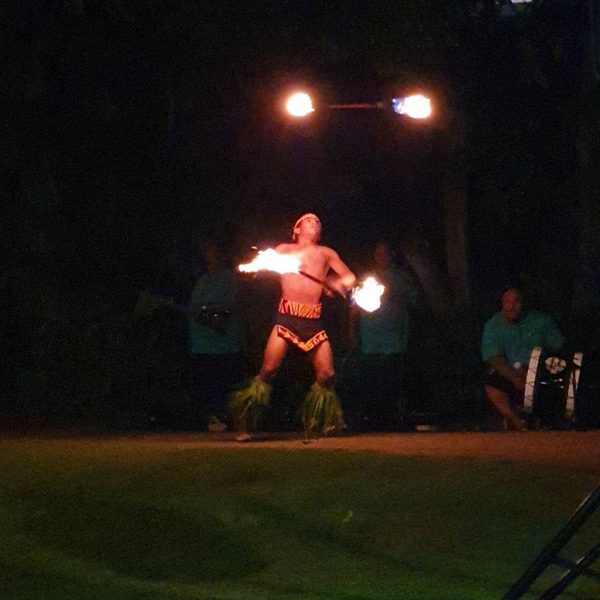
The peak of my entire time in Hawaii was the special Hawaiian Luau event for MRS participants. Hawaiian Luau is a special feast accompanied by entertainment. I enjoyed amazing hula kahiko (Hawaiian dance) performers, acrobatic fire dancers, and authentic dining beneath the beautiful Waikiki skies. I even got to learn how to dance the hula! It was also a good time for me to connect with other participants as well. The people who sat at my table were very nice and we had a great chat about careers.
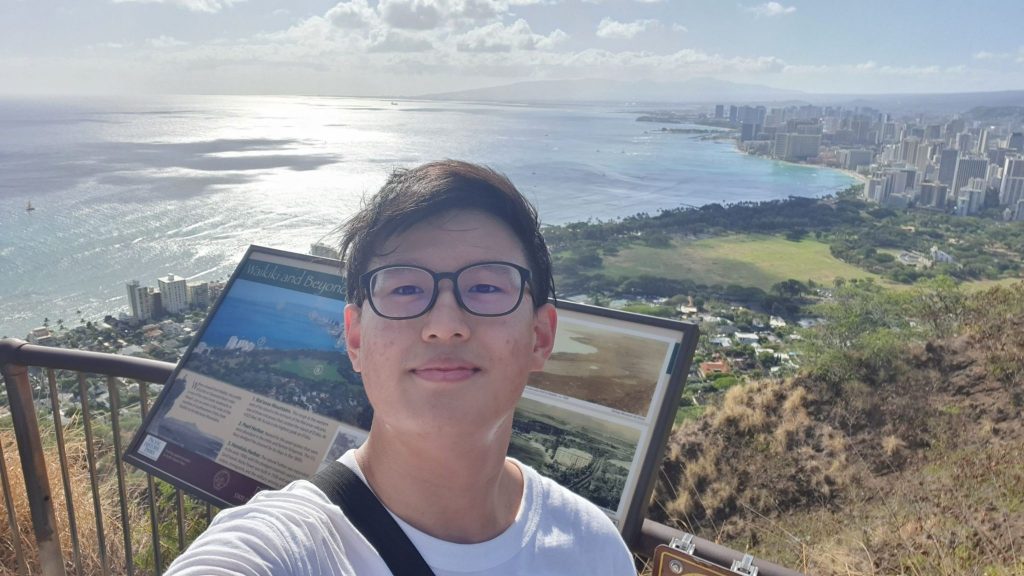
Beautiful endings always have rough starts and lots of challenges in the process, I always say. The process actually goes back two years. I was in my last year of my undergrad. Due to the campus restrictions brought on by COVID-19 and my lack of experience in research, I was unable to get good experimental results by the time I graduated from my bachelor’s. As I moved on to my master’s studies in 2021, my academic professor, Saito-sensei, asked me to continue the research. I spent months improving my experimental setup and methods, gathering more and more data, and discussing them with my peers. It was not until December 2021 that I was able to finally get promising results. After showing them to my professor, he urged me to submit my abstract to the conference committee. In February, I got an email notifying that I got accepted to present orally. To be honest, I wasn’t confident at all with my own research. However, it was a good feeling to know that someone out there had seen something interesting in my results.
I hope my article has inspired you to pursue a master’s degree at Tokyo Tech, where you can also get opportunities to travel abroad and present your academic results like me!
Check out my lab’s Instagram https://www.instagram.com/saito__lab/ where you can see highlights of my time in Hawaii. We also post regularly about our activities in the lab.
